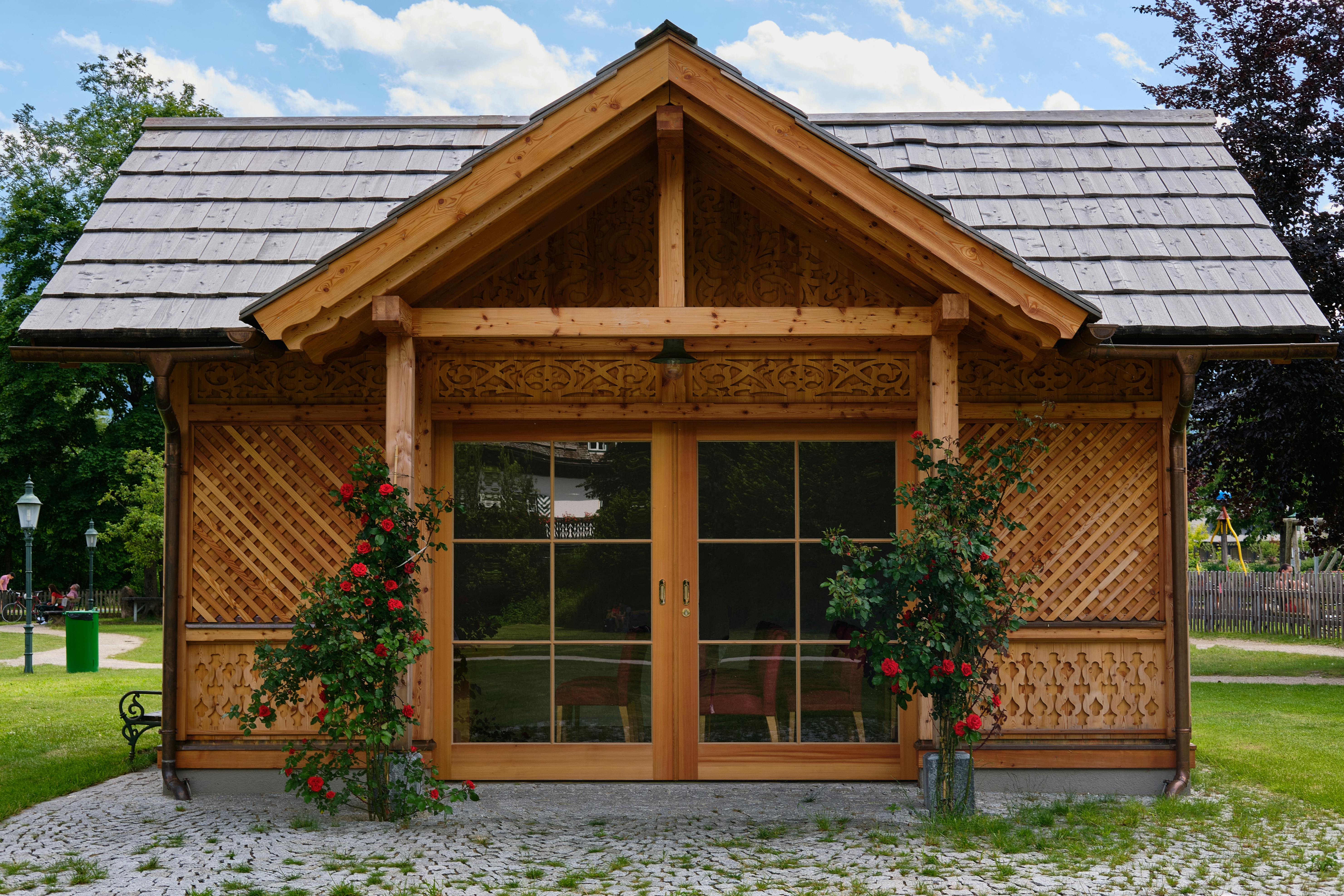You’ve probably come across many articles, bloggers, and some internet marketers saying that you don’t need IDX on your real estate website. Their rationale is that the top 10 real estate websites led by Zillow, Trulia, and Realtor.com account for roughly half of all website traffic, and therefore it is “pointless” and “a waste of money” to attempt compete with them. to them.
The term IDX is thrown around a lot. When people hear IDX, they automatically think it’s just a search for your real estate website. While property search is the core component of IDX, many don’t realize how to make the most of it and the valuable lead generation tools it provides.
In addition to providing home searches on their website, I’m going to explain a few reasons why IDX is a must have for any real estate website.
“Product” of Your Business
When I talk to real estate professionals, I always make this analogy. As a real estate professional, you are a business. You can think of your real estate website as your “store”. The MLS listings on your website are your “inventory.” Listings are all the products that exist in your “store” where visitors can browse and purchase. What happens when someone visits your “store” but you don’t have any products to offer? That person would do exactly what you and I would do… leave and go somewhere else where there is a product to see and possibly buy.
These are valuable leads that you will lose if you don’t have IDX on your real estate website. Unless you are generating business solely from referrals, your website (store) must have IDX (product).
You can create listing pages
IDX gives you access to all of the hundreds to thousands of listings on your MLS. As I mentioned earlier, this is your inventory and it’s like having thousands of products on your website.
By having access to all listings, you can create listing pages that focus on specific search criteria. For example, you can create a listing page that displays all listings with a specific price. Or you can create a listing page that displays listings in a specific subdivision, area, community, or school district. These listing pages provide a better user experience by helping to direct your real estate website visitors to the listings they are looking for. Even more valuable is that these listing pages are search engine friendly, which is what I’ll talk about next.
Generate leads from Google search
All of your IDX pages that a platform provides are SEO friendly and indexed by Google, Bing and all other major search engines. This means that all listing pages within the IDX system are indexed by Google and is an excellent source of organic leads. For example, for one of our clients, we created an IDX page that shows homes for sale in the Squires Elementary School District.
See what happens when you search on Google
“Homes for Sale Squires Elementary School District”
Yes, our client using our IDX website is ranked #1 out of 1,640,000 Google search results above Zillow and Realtor.com!
With IDX you can create hundreds of these real estate listing pages and they will all show up in Google search results! Still think you can’t compete with Zillow?
Platform and Tools for Your Clients
IDX is much more than just a property search for your real estate website. Many overlook or are unaware of the valuable tools you will provide to your customers. IDX takes your real estate website to the next level by providing a platform for your clients. Your website visitors can create an account directly on your real estate website to use IDX tools, such as saving favorite listings and favorite searches. It’s an experience your customers look forward to and will keep coming back to.
Automatically email the latest listings to your potential customers
An IDX system will be able to send your potential customers the latest listings automatically via email based on their search criteria. You can think of this as lead nurturing with listings. The user can define searches directly on your website for which you want to receive the latest listings. This is a completely automated process that will keep you in touch with all of your potential customers. When they see a listing they’re interested in, they simply contact you.
A place for your existing customers to return
If you’ve built a relationship with your existing customers, they’ll use your real estate website when they’re looking to buy a home again. They already trust you and your website is familiar to them. They will already have an account within your IDX system where they can log in to conduct their searches and use the tools you provide. If you don’t provide home searches on your real estate website, where will all your customers go? Yes… elsewhere.
Landing Pages + IDX = Powerful Lead Generation
Using landing pages is a very popular method of generating leads, especially on Facebook. When you combine landing pages with IDX, you create a very effective and powerful lead generation system.
You can create listing pages within IDX and use those pages for your landing pages. For example, you can promote a landing page that gives users access to all homes under $600K in the city of Clairemont. When a potential customer fills out the form on your landing page, you can direct them to a listing page in your IDX system that displays these listings. Without IDX on your real estate website, a system like this would not be possible.
Offering a much more personal experience
Big real estate websites like Zillow and realtor.com are very commercialized and can be intimidating to a user. Your website is much more personal and offers trust and a level of comfort. Since your website will be focused on one area, this will also be much more familiar to your website visitors as they will know that you are an expert on real estate in the area they are looking to buy.
Do you need IDX on your real estate website? YES. IDX is a must for your website for all the reasons mentioned above. The cost of having IDX on your website is very small compared to all the benefits you will get from it. Closing just one deal generated from your website with IDX can pay for your IDX and website service for 5-10 years!
All you have to do is look at the websites of the most successful real estate agents. Do you have IDX on your real estate website?









